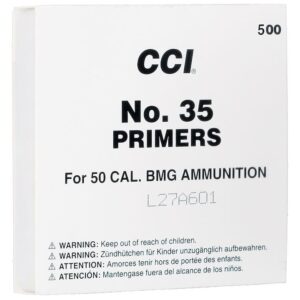Here’s a category overview and specifications of PRIMERS, particularly in the context of their application in fields like biology, molecular biology, and cosmetics:
1. Definition
- Primers are short sequences of nucleotides (DNA or RNA) that provide a starting point for DNA synthesis. They are essential for various applications, including polymerase chain reaction (PCR), DNA sequencing, and gene amplification.
2. Types of Primers
- DNA Primers: Used in PCR and other DNA amplification methods.
- RNA Primers: Used in reverse transcription to synthesize complementary DNA (cDNA) from RNA templates.
- Degenerate Primers: Contain variations at certain positions to account for mutations or polymorphisms in target sequences.
- Universal Primers: Designed to anneal to a wide range of sequences, often used in metagenomics or for amplifying gene families.
3. Specifications
- Length: Typically between 18-30 nucleotides, allowing for specific binding to the target sequence while minimizing non-specific binding.
- Melting Temperature (Tm): Ideally between 50-65°C. Tm is influenced by primer length, GC content, and salt concentration. Primers with similar Tm values are preferred for multiplex PCR.
- GC Content: Generally between 40-60%. A higher GC content can stabilize the primer-template complex.
- Specificity: Primers should be designed to match the target sequence closely to minimize non-specific amplification.
4. Applications
- Molecular Biology: Used in techniques like PCR, qPCR, and cloning to amplify specific DNA sequences.
- Genetic Research: Assist in gene mapping, sequencing, and studying gene expression.
- Diagnostics: Employed in tests for infectious diseases, genetic disorders, and cancers.
- Forensics: Used in DNA profiling and analysis of genetic material from crime scenes.
5. Design Considerations
- Avoid Secondary Structures: Primers should not form dimers or hairpins that can inhibit amplification.
- 3′ End Stability: The 3′ end of the primer is crucial for the initiation of DNA synthesis; thus, it should be carefully designed.
- Incorporation of Modifications: For specialized applications, primers can be modified with fluorescent tags, enzymes, or other chemical groups.
6. Cosmetic Primers
- In the context of cosmetics, a primer is a product applied before makeup to create a smooth base for foundation and enhance makeup longevity.
- Types: Include mattifying, hydrating, illuminating, and pore-filling primers.
- Key Ingredients: Silicone derivatives, water, and specific active ingredients that target skin concerns (like oiliness or dryness).
7. Conclusion
Primers play a crucial role in both molecular biology and cosmetics, serving as foundational tools that enable specific applications in research and beauty. Proper design and understanding of their specifications are essential for achieving desired results in each field.
AIR GUN AMMO
$20.00 – $30.00
This product has multiple variants. The options may be chosen on the product page

